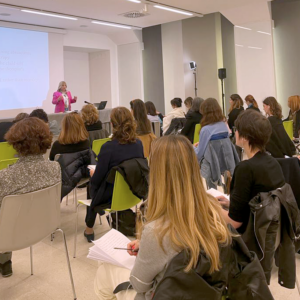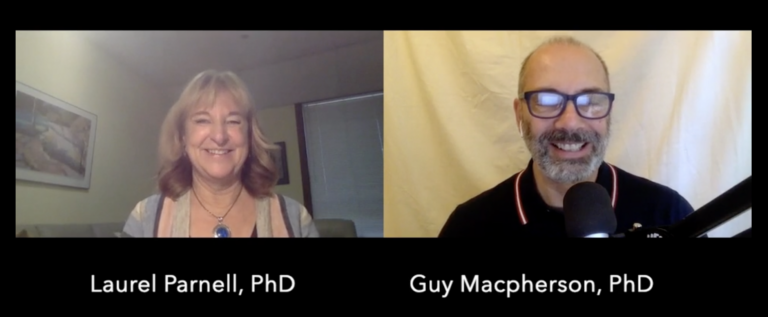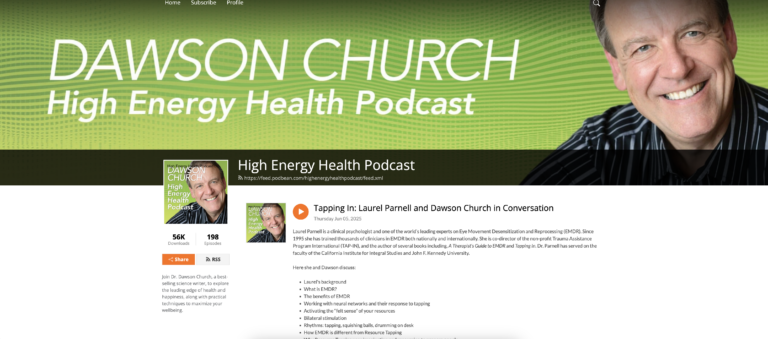Love is a powerful, healing emotion. When working with clients dealing with addiction, connecting with love resources can help them develop more love and compassion toward themselves, which can have a profoundly positive impact on their recovery.
Unfortunately, for some dealing with addiction, their “addict” ego state prevents them from connecting with love resources. When this happens, as a therapist, you must gently guide them toward understanding why and determine what is blocking them from receiving loving support from any number of love resources, such as those they love, those who love them, their circle of love, and their heart refuge.
During your clients’ sessions, you can help them learn how to connect with valuable love resources using self-examining questions, imagery, with bilateral stimulation (BLS). The ultimate goal is to bring healing love to their “addict” ego state, which deserves love just as much as any other part of their ego.

The Harmful Effects of the “Addict” Ego State
Some of your clients have a distinct “addict” ego state associated with their addiction. When this ego state is active, it takes over, making it appear as if the “good” part of themselves has completely disappeared. Friends and family members recognize this ego state as someone they love who doesn’t seem to care about anyone else but themselves. They become consumed by their addiction, potentially making them aggressive, hurtful, cruel, and reckless.
Not only does this affect those around them, but the “addict” ego state may also make clients feel ashamed of this part of themselves, deny it, and hide it away. Clients must understand that this part of themselves needs love, mercy, forgiveness, and compassion to help heal the shame and pain it causes them.
Beginning the Healing Process
In Dr. Laurel Parnell’s book Rewiring the Addicted Brain with EMDR Based Treatment, she goes into further detail about how to help clients battling addiction heal by accessing innate resources, including love resources. The book focuses on the practical clinical application of principles drawing from EMDR-based treatments and techniques helpful for addictions and addictive disorders.
For this article, we’ll focus specifically on how to help clients begin healing by connecting with loving resource figures, which is something often used in EMDR and Attachment-Focused EMDR therapy.
- Have your client evoke the addict part of themselves.
To help them locate this, ask them to recall a time when they did something they regret while under the influence.
- Can they locate the part of themselves that is selfish, harmful, and out of control when they are acting on their addiction?
- Can they connect with that part of themselves?
- If they can, ask them to come up with an image that represents it. They can even visually represent it through a drawing or painting.
- Ask your client to connect with love resources.
They can connect with resource figures representing love and kindness or memories of love from their love resources.
- Add BLS.
When they have a sense of the love resources, add bilateral stimulation.
- Ask your client to use imagery.
Have your client bring the imagery and feeling of the love resources to the addict part of themselves. They can even begin a conversation with the different parts of themselves.
- Add BLS.
Bilateral stimulation can be added if your client can bring love and compassion to the addicted part of themselves.

- Address resistance to the healing love.
If your client’s addict resists, ask them what is blocking it. They may believe things like, “I don’t deserve love,” or “I don’t want to lose this part.” Be sure to stay open to their responses, whatever they may be.
Ask them what they need to accept the healing and listen to what they say. Their reasoning could be based on their imagination, or they may need to do something in their lives to repair or make amends.
- Add BLS.
If your client comes up with a solution to unblock them from receiving the healing love they need, ask them to imagine doing it and then add bilateral stimulation.
- Ask your client to connect with the “addict” ego state, if possible.
When your client can compassionately and openly begin a conversation with this part of themselves, you can begin to discover what drives it and address its needs in healthy ways.
For example, you may have your client close their eyes to go inside and connect with the part of themselves that they want to use. It may go something like:
“When you locate that part, ask it what it needs and what it longs for.”
They may respond, saying, “He wants to feel good about himself. He wants to feel focused and in control. He also doesn’t want to feel bored. He fears empty, sad feelings.”

- Ask your client if they can imagine a resource other than substances to fill those needs.
They may bring one of their resource figures or memories of when they could focus and accomplish things without using substances. They may want to use love resources or nurturing or spiritual figures to fill the emptiness. They may also use other healing imagery.
What is important is to develop an open, compassionate conversation with the addicted ego state and work to address the needs the addiction fills. If what is discovered is early childhood trauma or loss, process these issues with EMDR and AF-EMDR when your client is ready.
Parnell Institute Resources and Trainings Can Help You Heal More Hurting Clients
As a therapist, you are keenly aware of the pain and challenges trauma and addiction can cause in your clients’ lives. At the Parnell Institute, we are committed to helping therapists expand their knowledge and understanding of EMDR and Attachment-Focused EMDR to help you reach more hurting clients.
Being trained in EMDR is just the beginning. To help your clients heal on a deeper level, getting trained in Attachment-Focused EMDR is your next step. Visit our resources page for comprehensive learning resources and our events page to learn more about getting certified in AF-EMDR.
This blog contains excerpts from Dr. Laurel Parnell’s book Rewiring the Addicted Brain with EMDR Based Treatment available through Amazon or the publisher WW Norton.

Author: Parnell Institute
The Parnell Institute for EMDR is dedicated to quality education, service and research in the treatment of trauma. We recognizes the importance of treating the whole person—body, mind, heart and spirit—within his or her cultural context.





